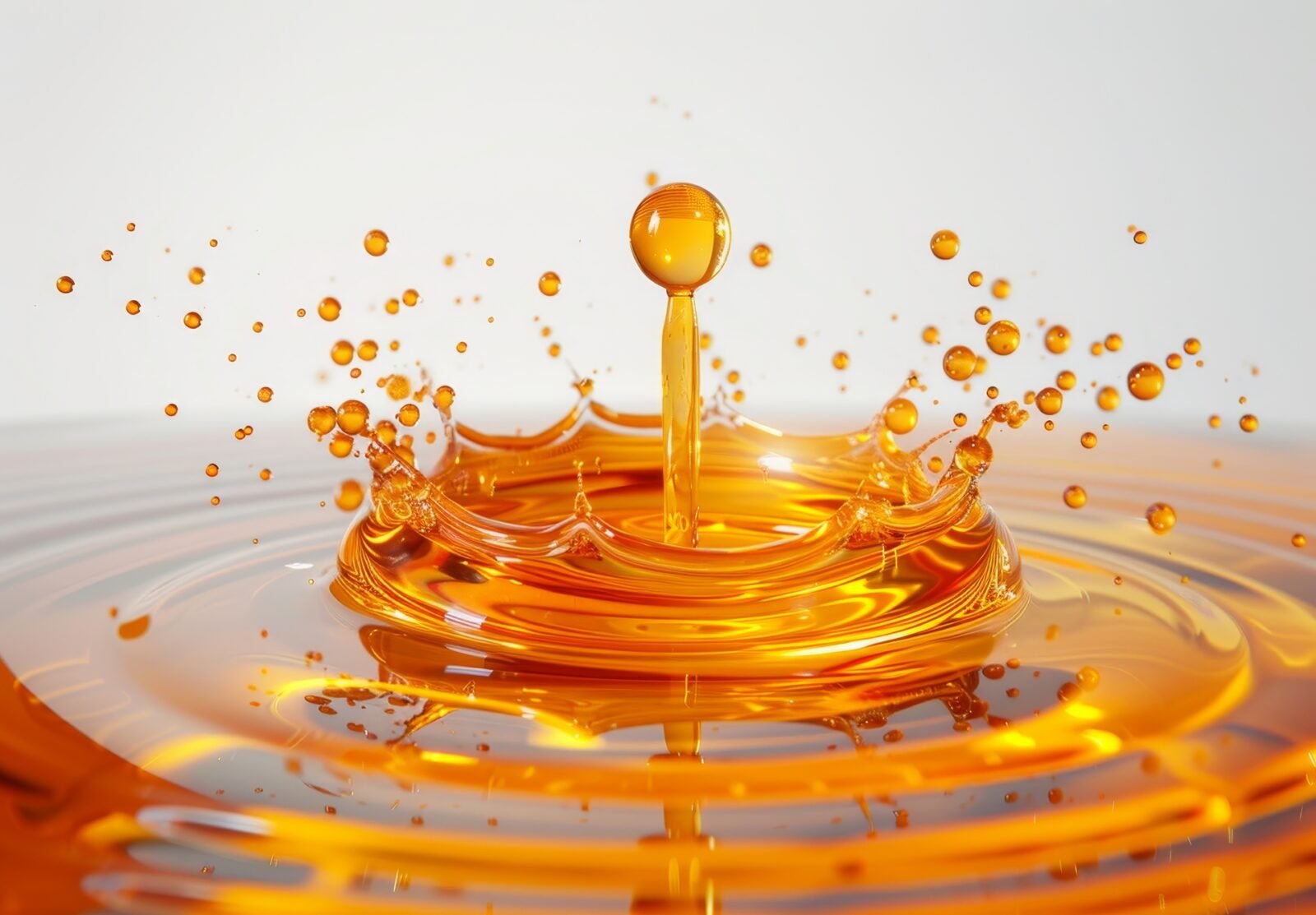Caprylic/Capric Triglyceride, often abbreviated as CCT, is one of the most widely used emollients in personal care. Because it is derived from natural oils, it delivers a lightweight skin feel, excellent stability, and compatibility with diverse actives. In this article, we explore its composition, benefits, formulation guidelines, sustainability aspects, and current innovation trends. Consequently, cosmetic chemists will understand why CCT remains an industry standard and how it can be optimized in modern formulations.
What is Caprylic/Capric Triglyceride?
Caprylic/Capric Triglyceride is a mixed ester of glycerin with medium-chain fatty acids, typically caprylic (C8) and capric (C10). Because it is derived from coconut oil or palm kernel oil, it offers natural origin appeal (PubChem). Moreover, hydrogenation stabilizes it against oxidation, making it highly resistant to rancidity compared to raw plant oils.
Why It Matters in Formulation
CCT is valued for its sensorial and functional properties. For instance, it spreads easily, absorbs quickly, and leaves skin soft without greasiness. In addition, it solubilizes lipophilic actives and enhances their bioavailability. Therefore, CCT is not just an emollient but also a multifunctional carrier oil (INCI Decoder).
Formulation Benefits
- Lightweight Emollience: Provides a silky, non-oily finish ideal for facial creams and serums.
- Stability: Resistant to oxidation, offering long shelf life and stability to formulations.
- Solubilization: Helps dissolve UV filters, vitamins, and botanical extracts.
- Compatibility: Blends seamlessly with esters, silicones, and plant oils.
- Skin Feel: Mimics esters like isopropyl myristate but with better stability.
Consequently, CCT is used across multiple categories, from daily moisturizers to high-performance sunscreens.
Applications in Cosmetics
CCT is present in a wide range of products:
- Moisturizers and serums
- Sunscreens and BB creams
- Makeup removers and cleansing oils
- Hair conditioners and treatments
- Baby care products
Because of its mildness and stability, CCT is frequently chosen in sensitive-skin and baby formulations. In addition, its excellent sensory appeal makes it attractive for luxury skincare.
Safety and Skin Tolerance
Caprylic/Capric Triglyceride is recognized as safe, non-irritant, and non-comedogenic. In fact, clinical evaluations confirm it does not clog pores, making it suitable for acne-prone skin (CIR Safety Review). Furthermore, it has a long history of safe use across pharmaceuticals and personal care.
Sustainability Considerations
Because CCT is derived from coconut or palm kernel oil, sustainability concerns arise around sourcing. However, many suppliers now offer RSPO-certified or palm-free CCT from coconut or other feedstocks. Moreover, biotechnological production of medium-chain triglycerides is emerging as a greener alternative. Therefore, chemists have the option to choose CCT sources that align with clean-label demands (CosmeticsDesign, 2023).
Comparison with Other Emollients
CCT is often compared to esters and oils like isopropyl myristate, jojoba oil, or squalane. Unlike isopropyl myristate, it is non-comedogenic. In contrast to raw oils, it is more stable and does not oxidize quickly. Moreover, while squalane delivers luxury slip, CCT is more cost-effective and widely available. Consequently, it strikes a balance between performance, safety, and cost.
Market Trends
Consumer interest in “non-greasy” and “lightweight” skincare directly drives the popularity of CCT. In addition, as clean beauty grows, brands emphasize its natural origin and sustainability certifications. Moreover, multifunctionality — acting as both emollient and carrier — strengthens its role in modern formulation design.







